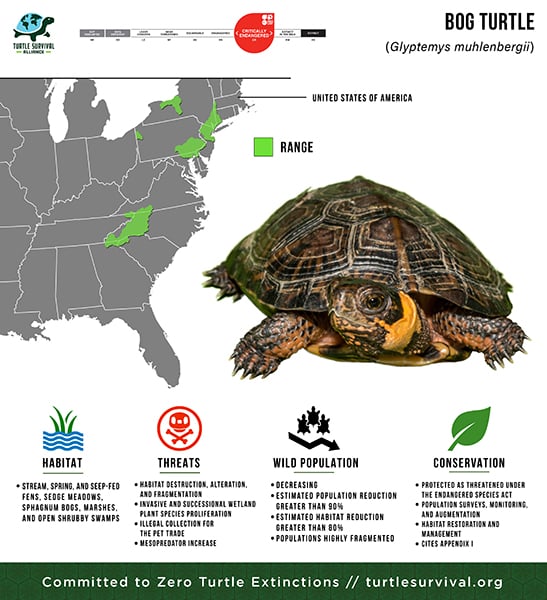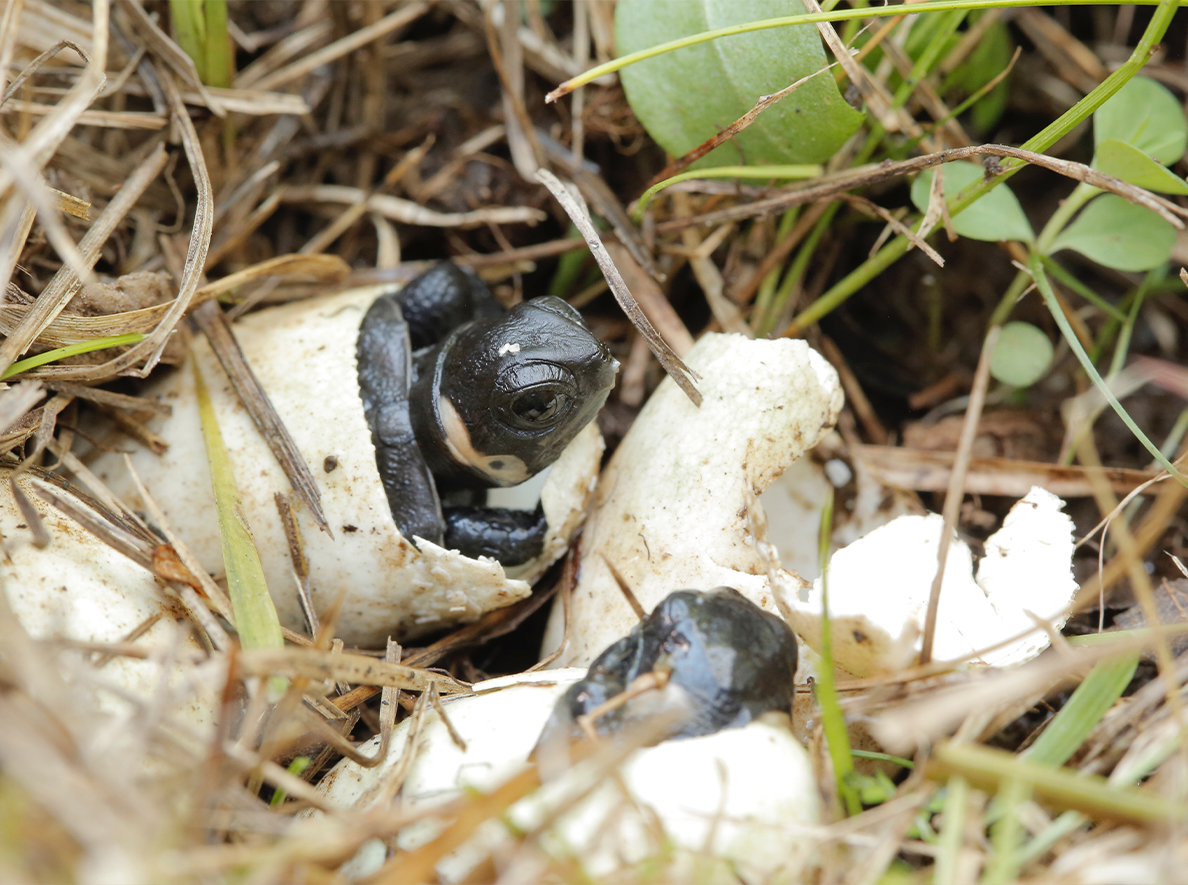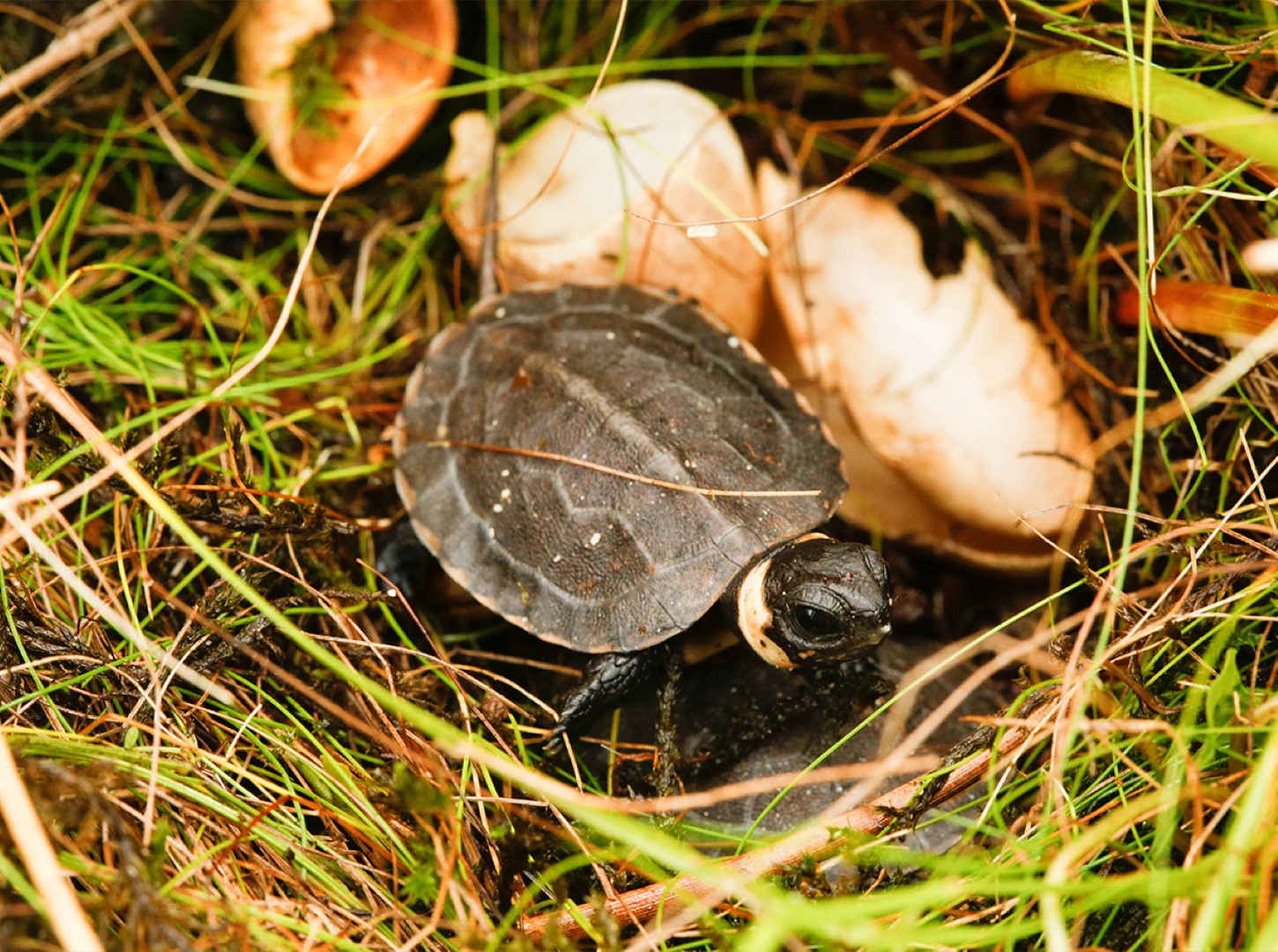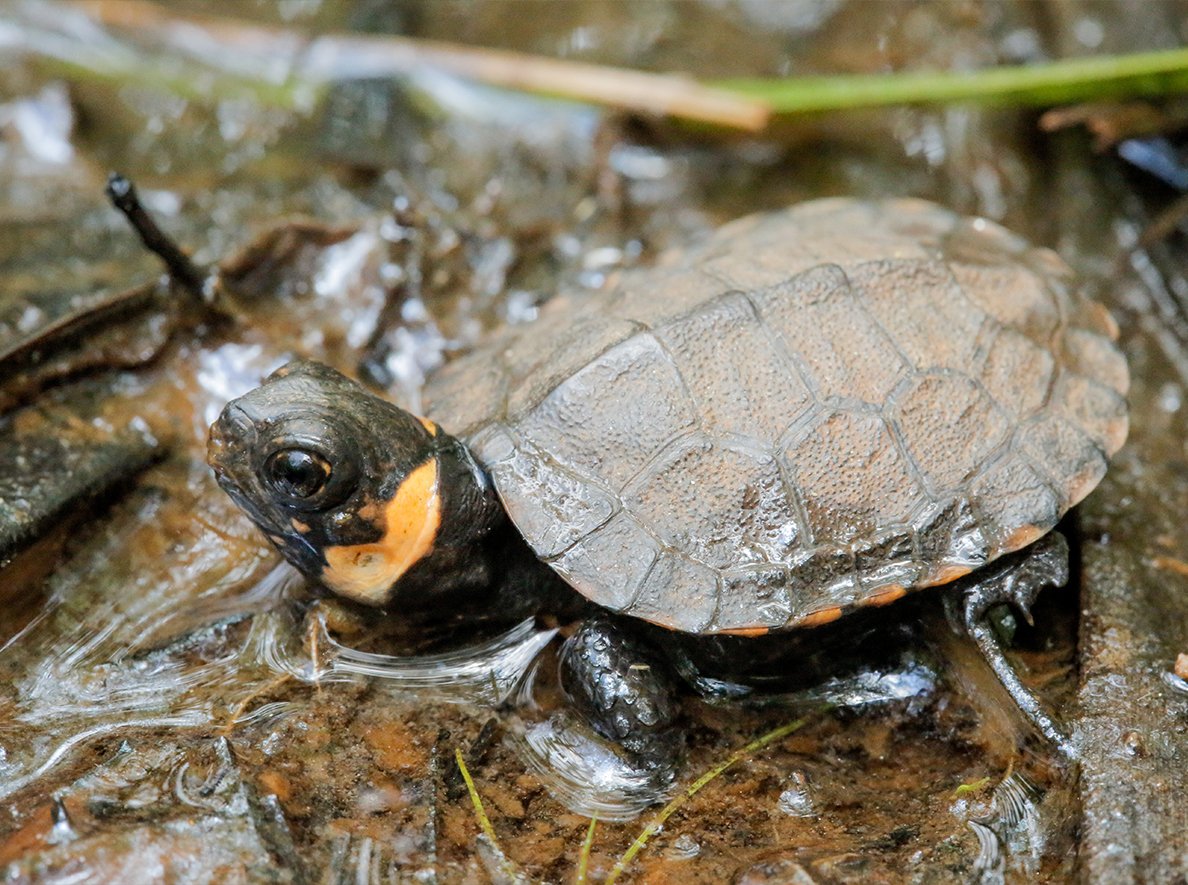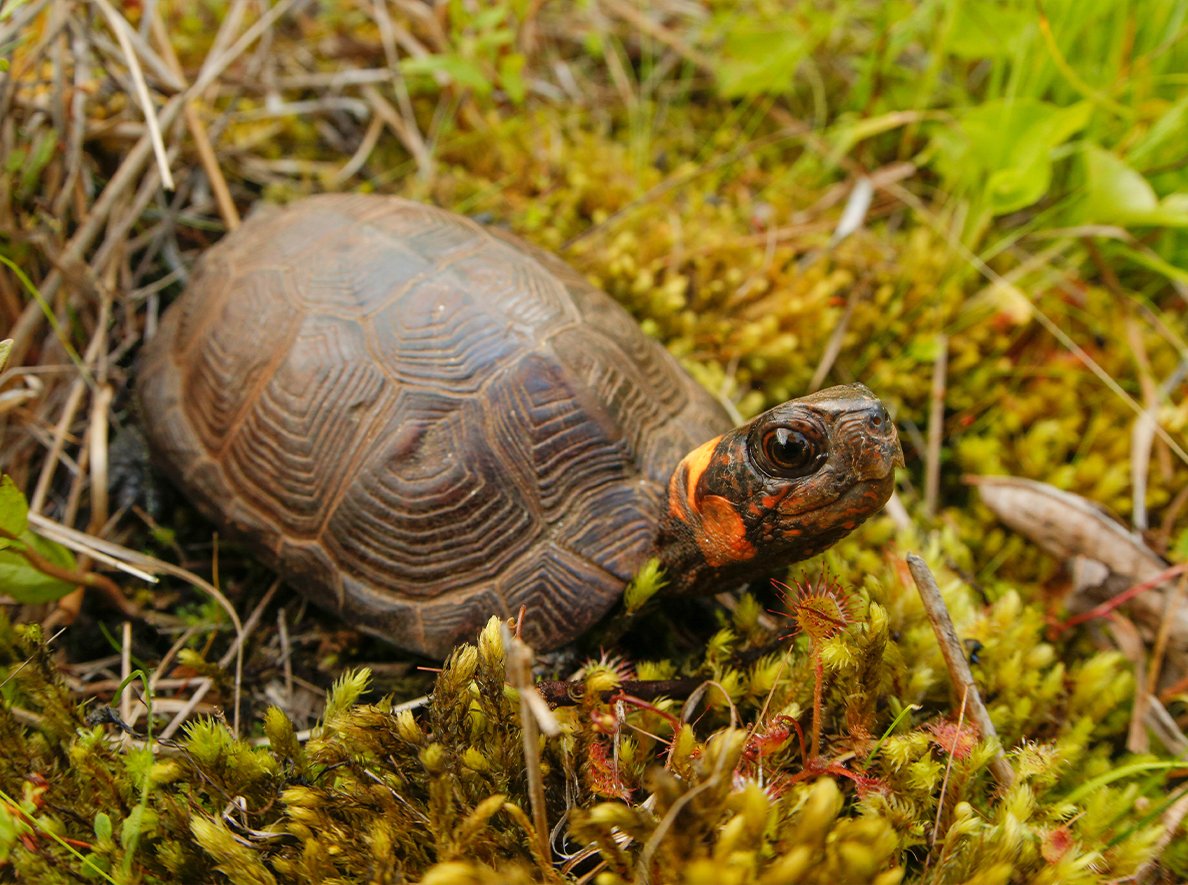The Bog Turtle is native to the Eastern United States, ranging from northeast Georgia to Massachusetts and western New York. The species lives in two disjunct management units, northern and southern, separated by ~270 miles (436 km). Although called the Bog Turtle, the species lives in stream-, spring-, and seep-fed fens, sedge meadows, sphagnum bogs, marshes, and open shrubby swamps. All of these habitats are highly imperiled, fragmented, and commonly isolated, as are their resident turtles—so much so that the Bog Turtle is considered Critically Endangered by the International Union for the Conservation of Nature.
Join us for Turtle Month!
Why Turtles?
Found around the world in rivers, deserts, jungles, and our own backyards, it’s easy to assume tortoises and freshwater turtles will always be here. But the very traits that once helped them survive render them vulnerable to extinction today.
Our Initiatives
Our Programs
Protecting the world’s most endangered tortoises and freshwater turtles
We All Play a Role.
To save turtles, we all play a role. Every day, tortoises and freshwater turtles around the globe face pressing threats. Your support equips us to support species where and how they need us most.
Turtles are ancient and remarkable creatures who deserve a champion. When you stand with us, you help ensure their continued survival. Together, we can create a world with zero turtle extinctions.
